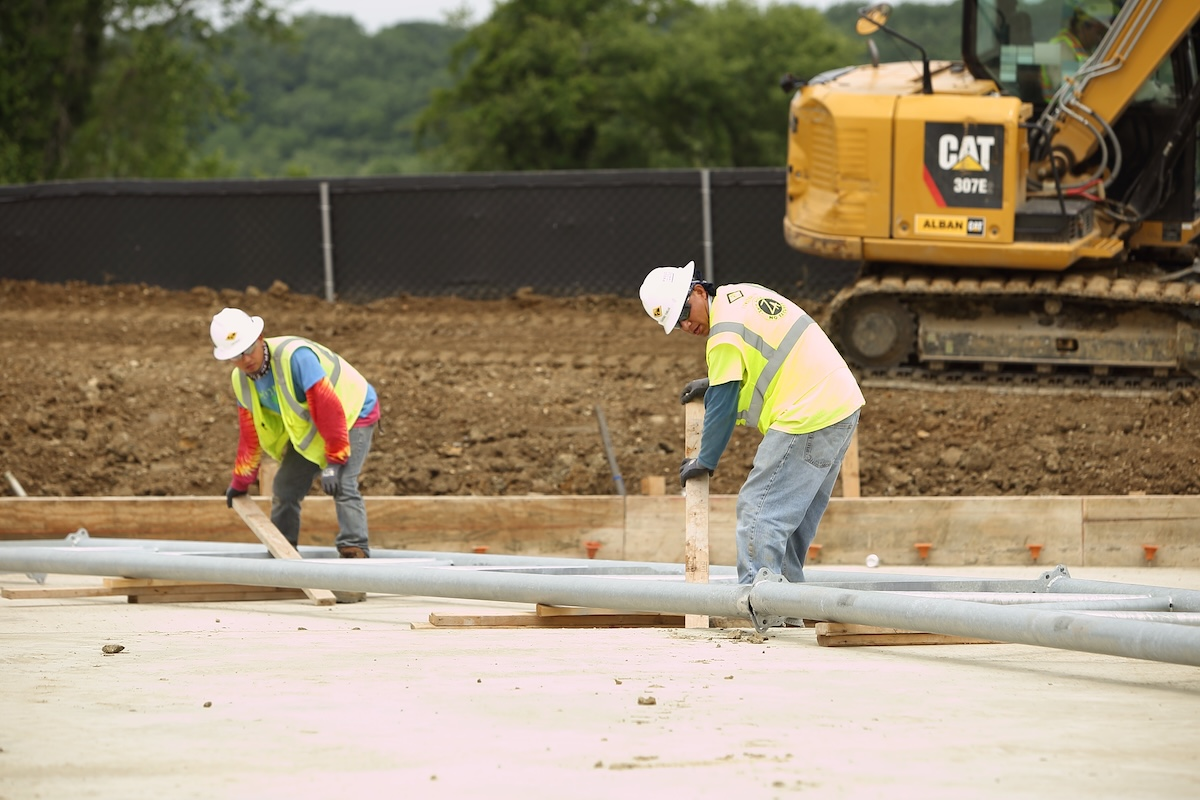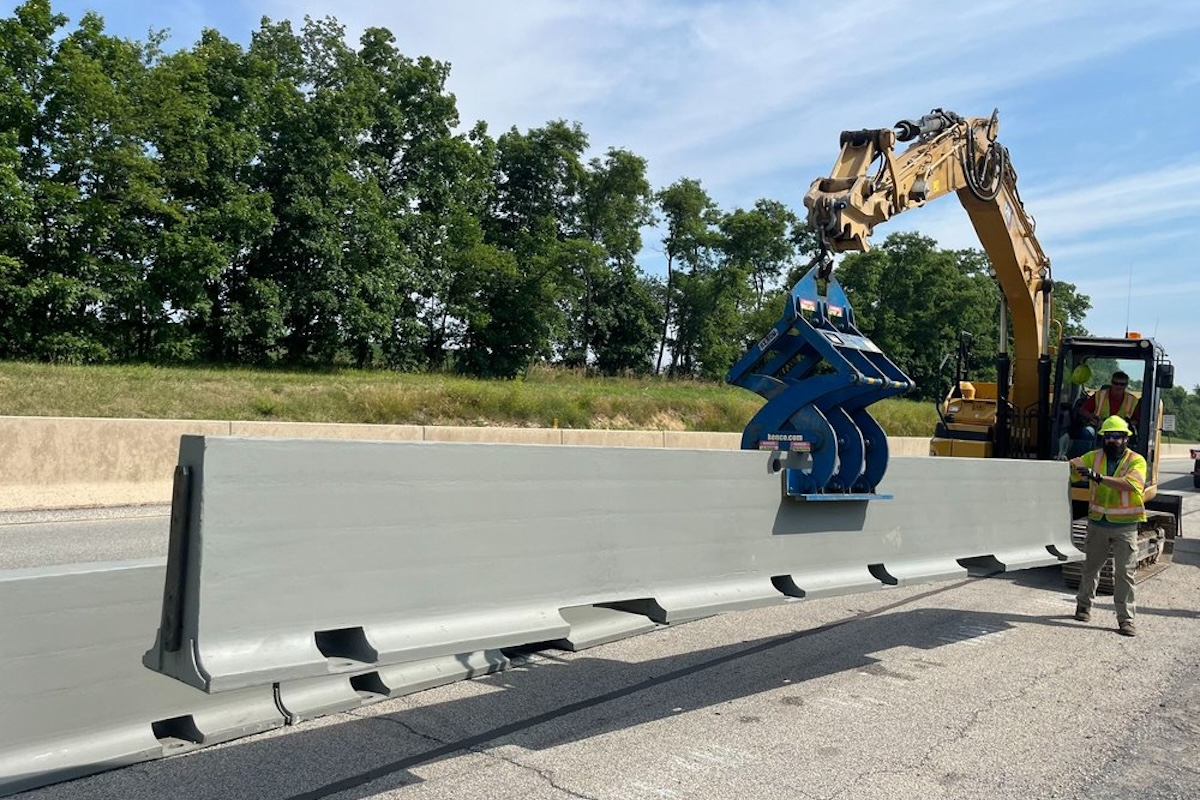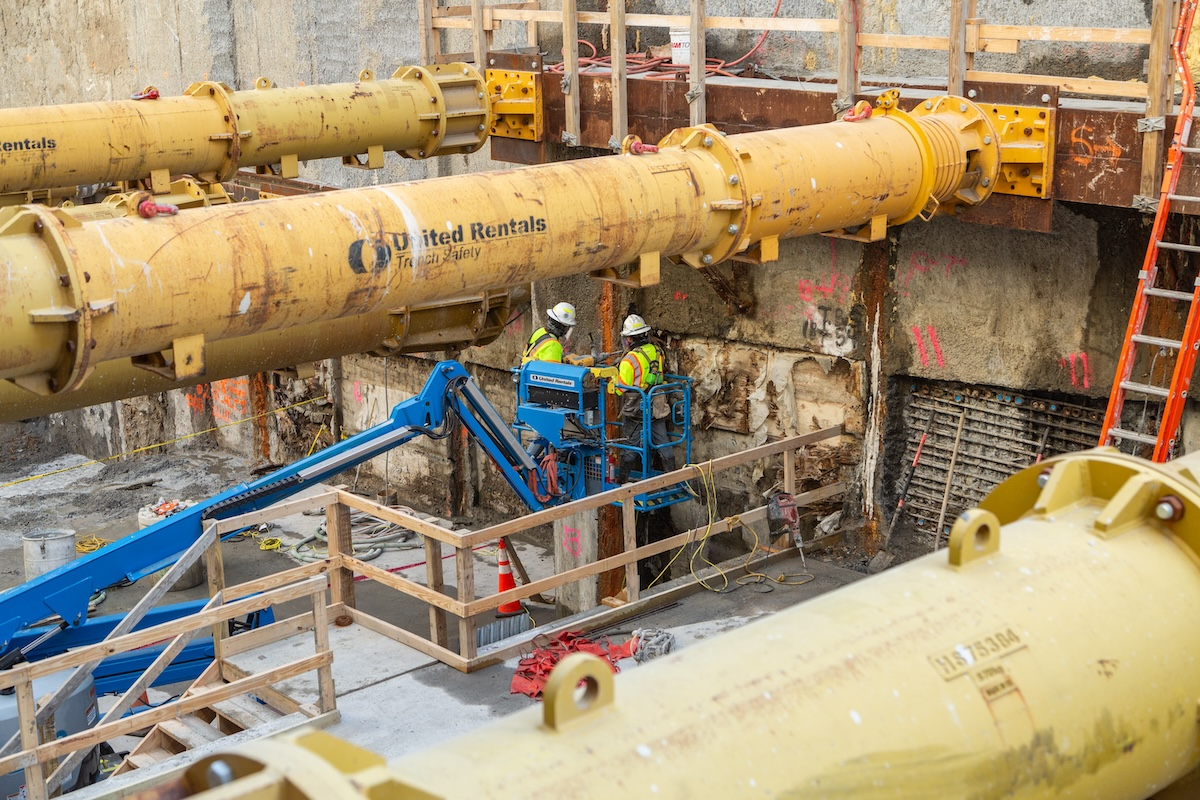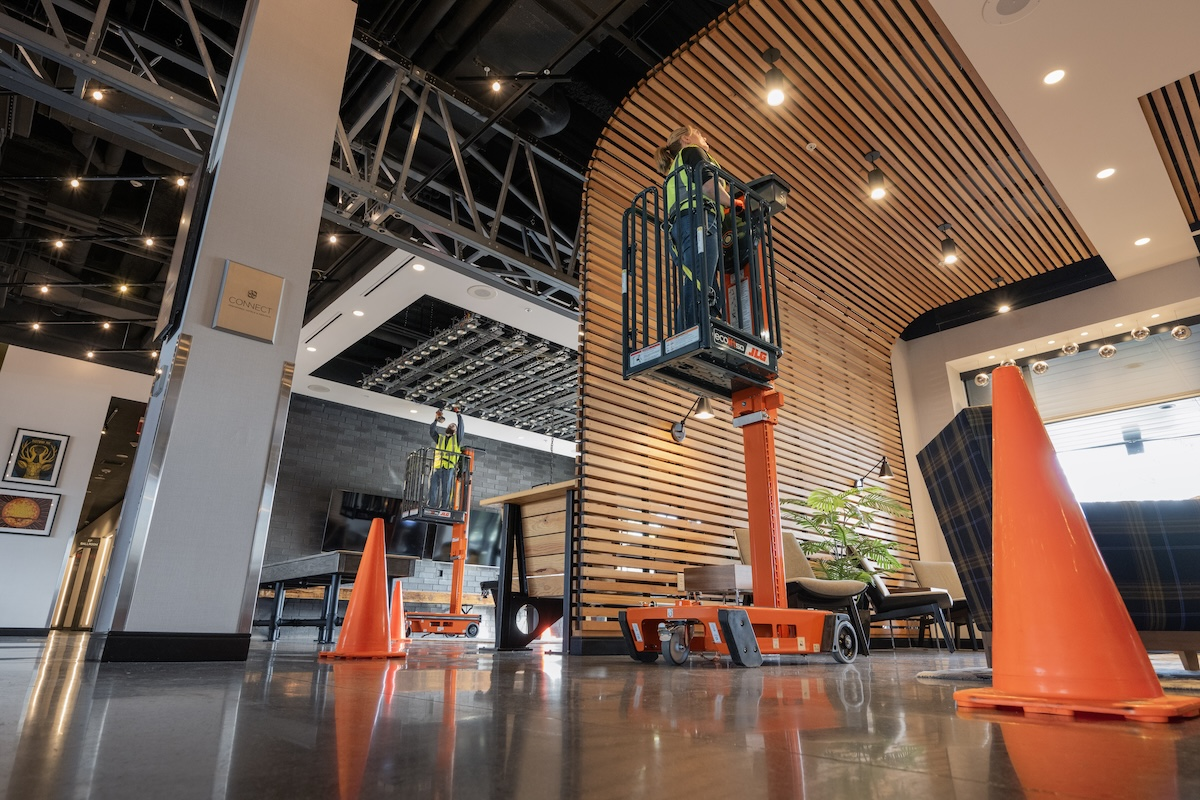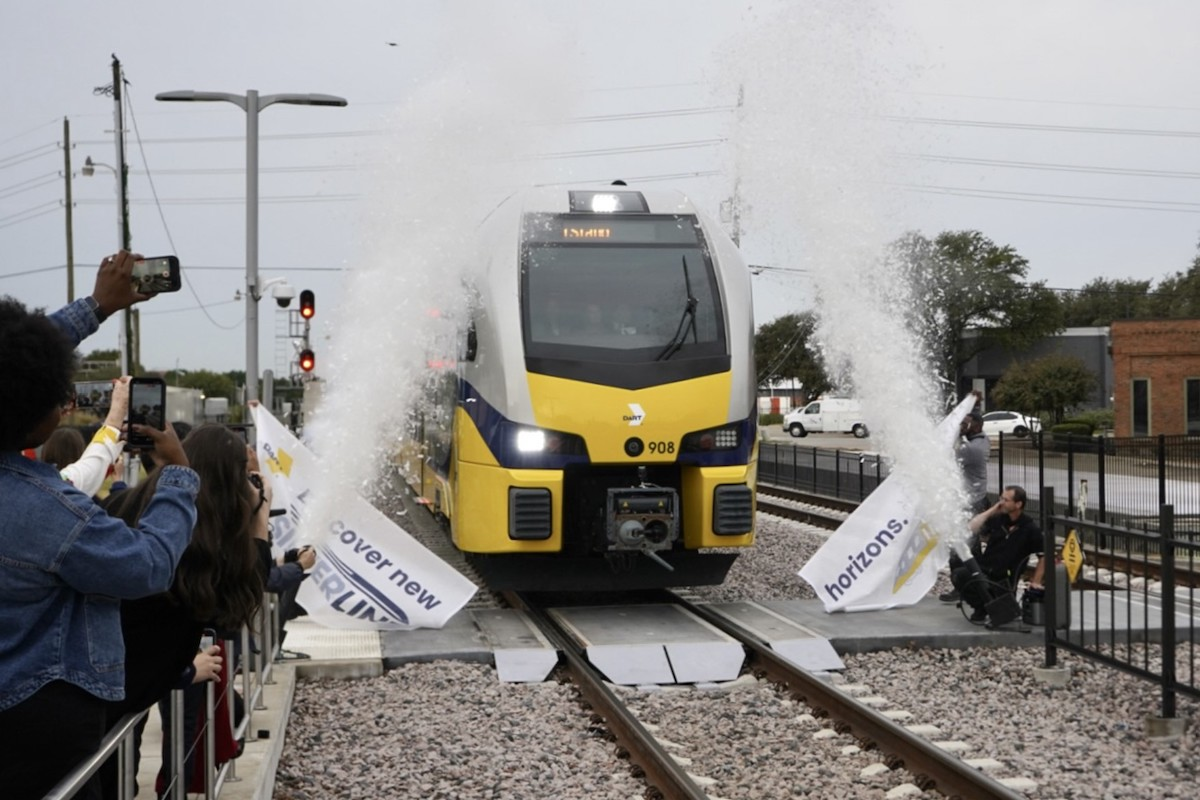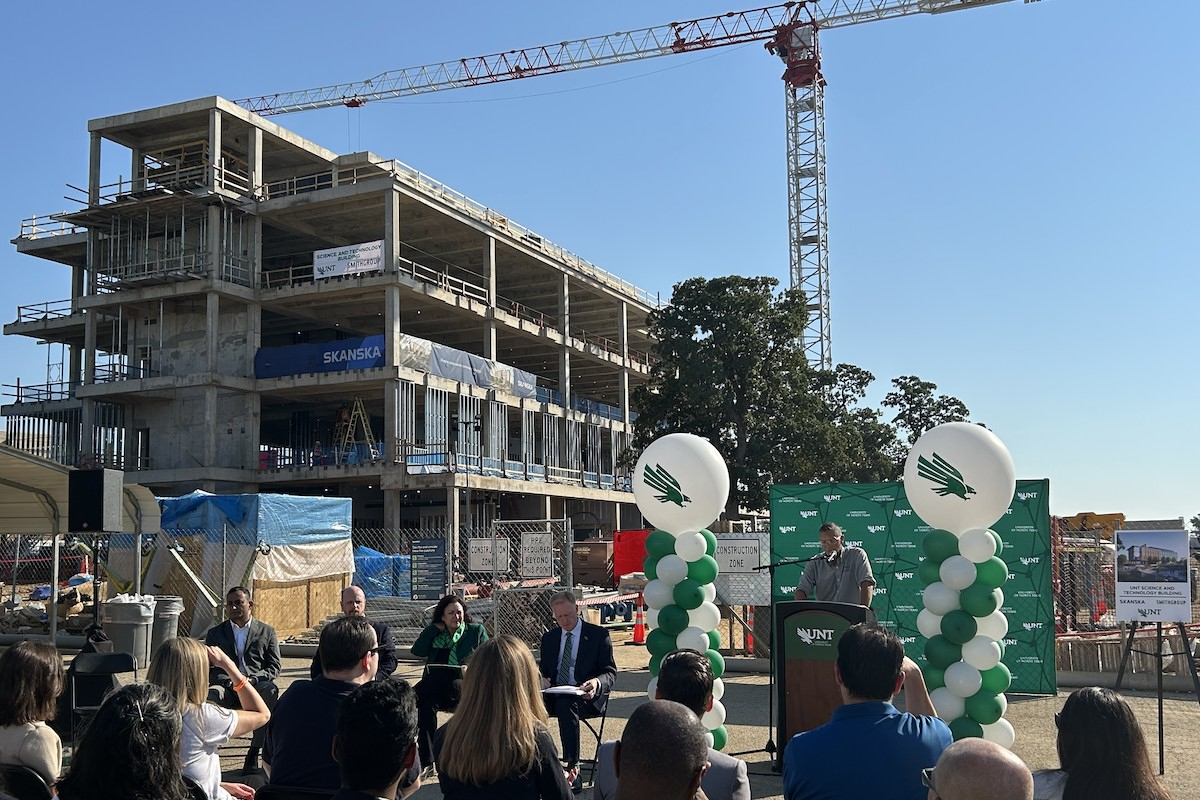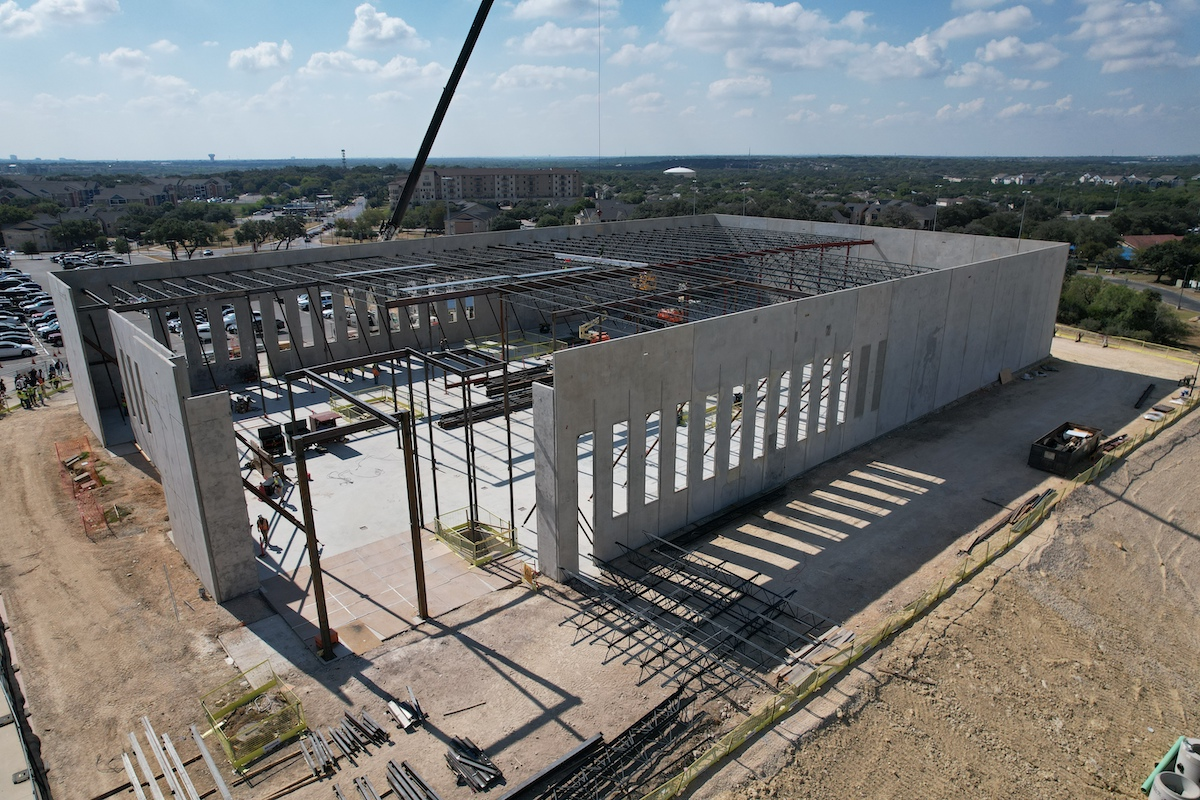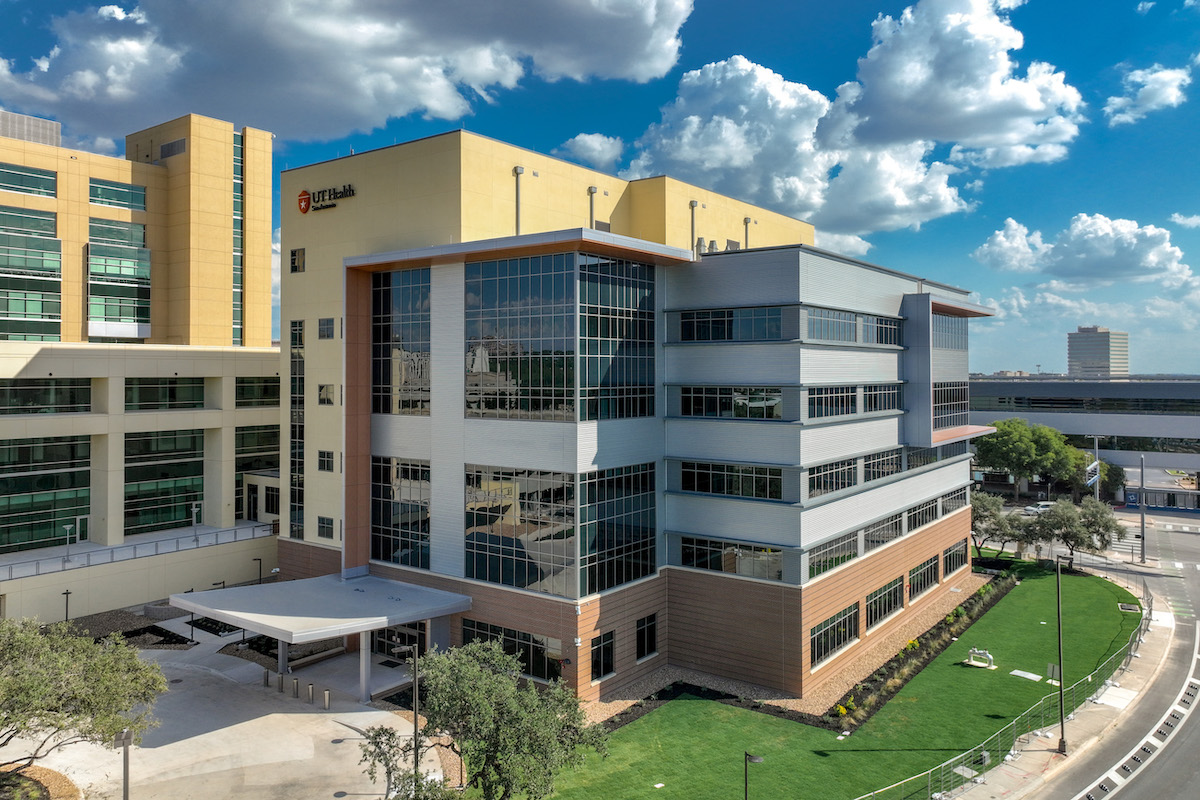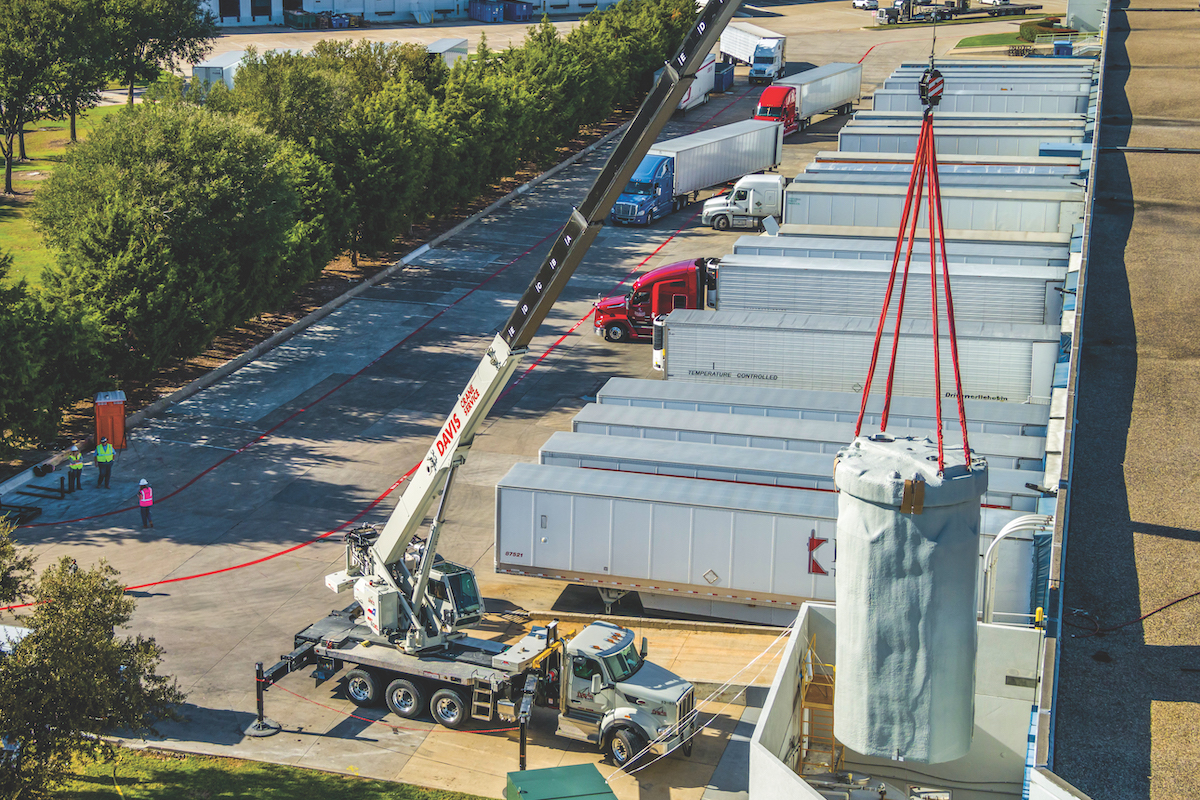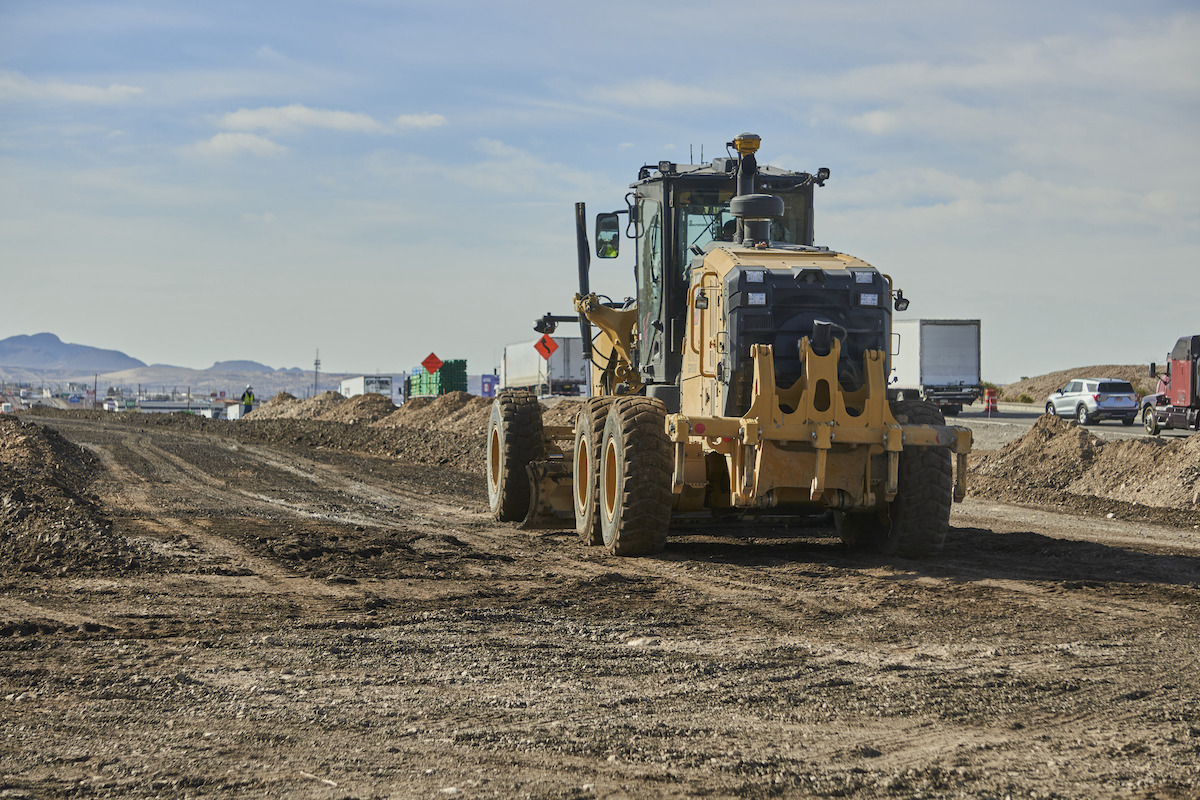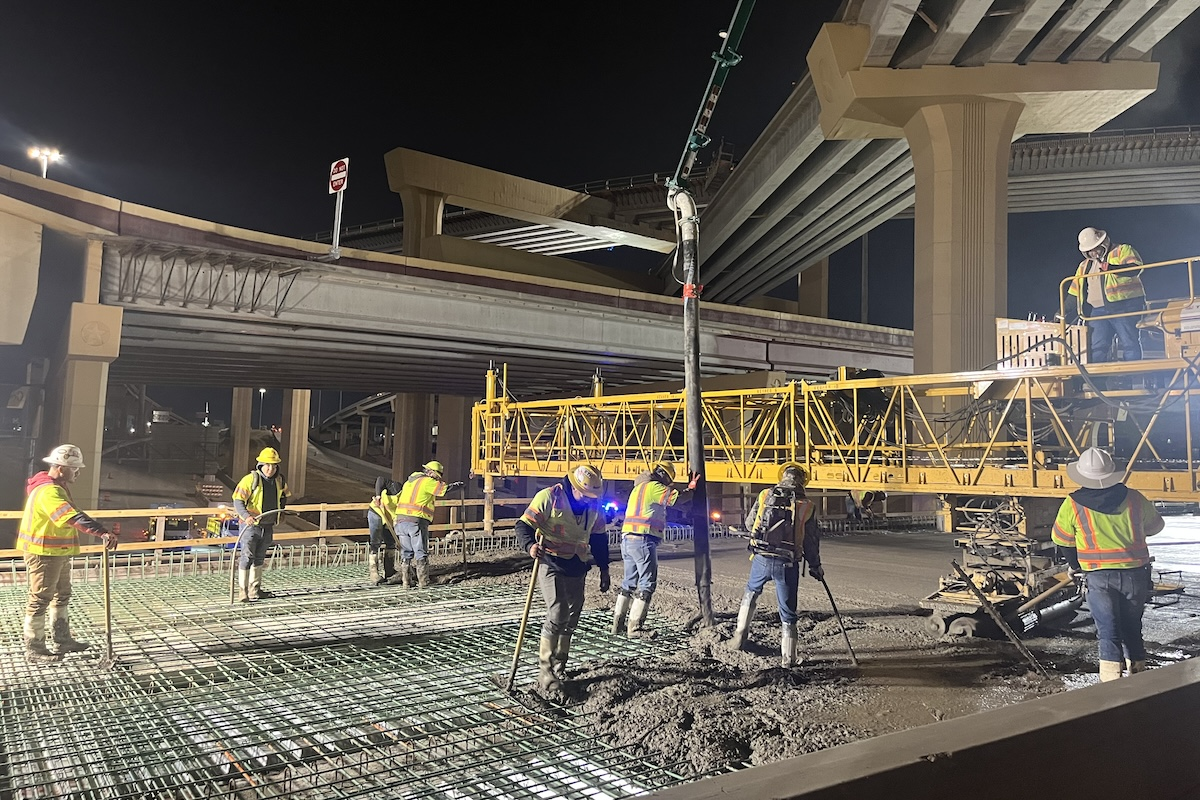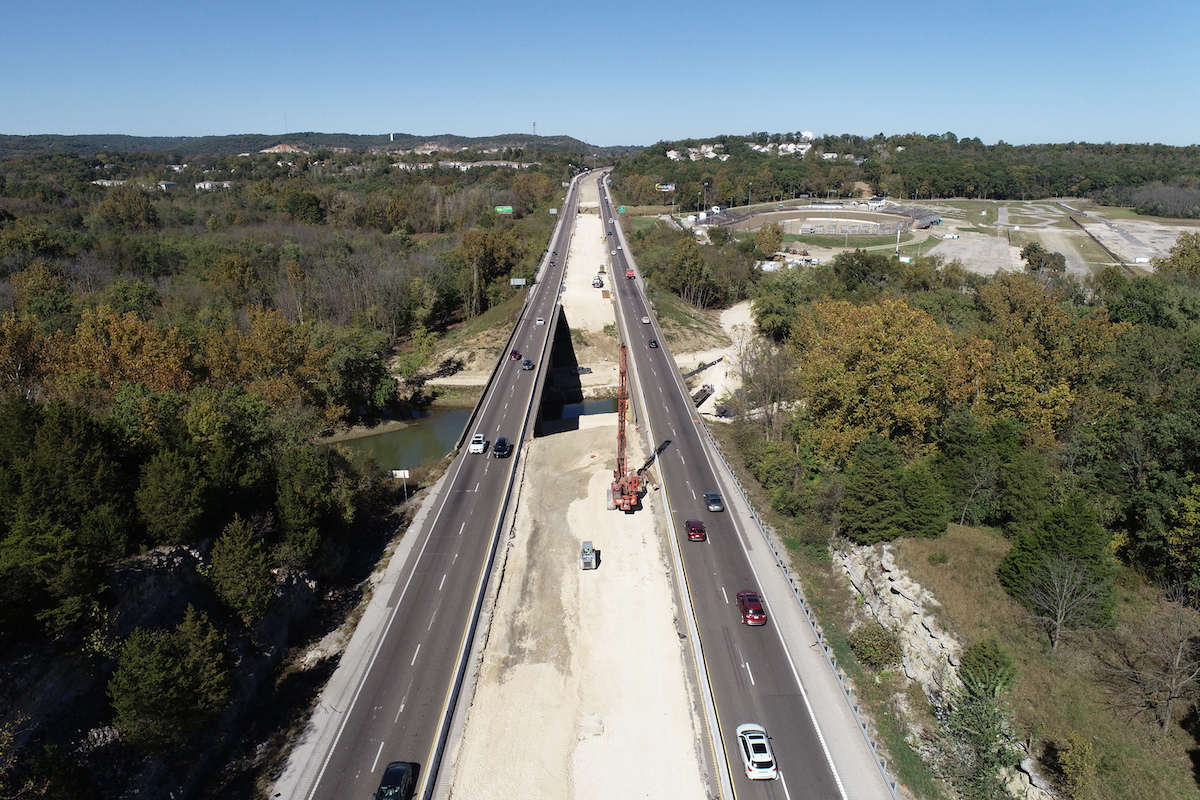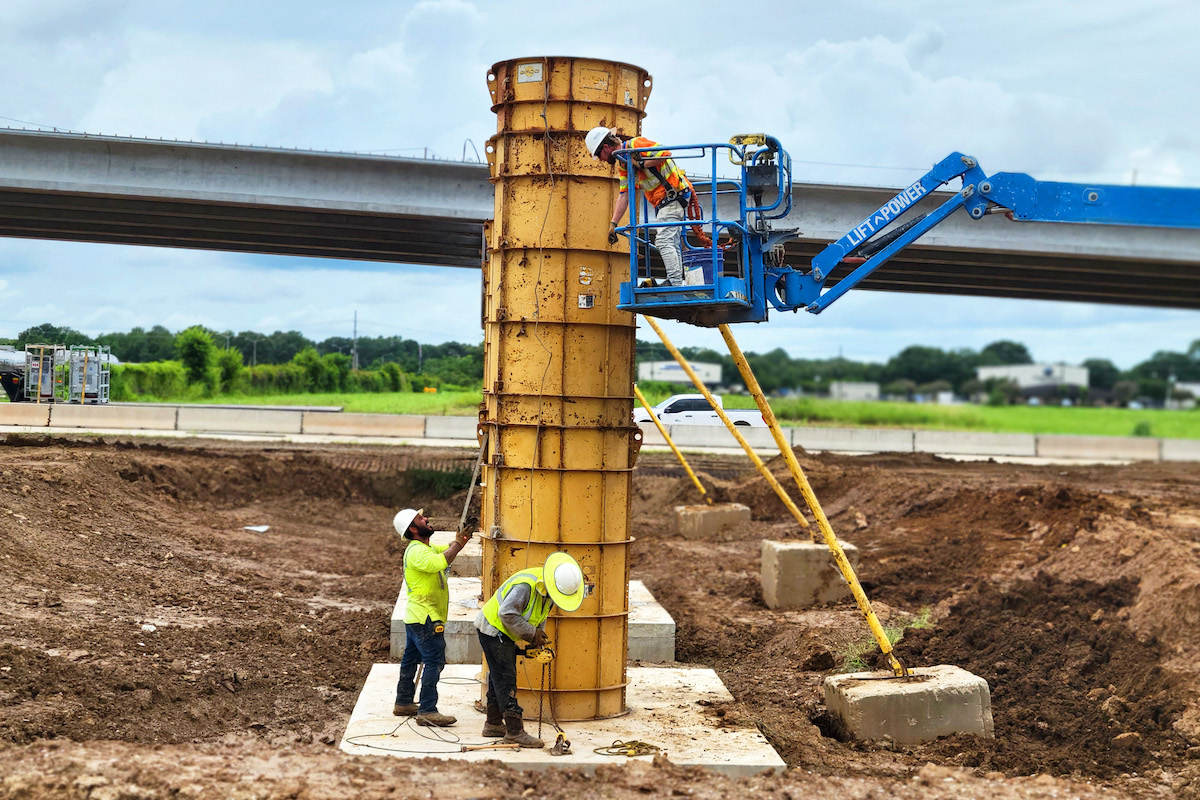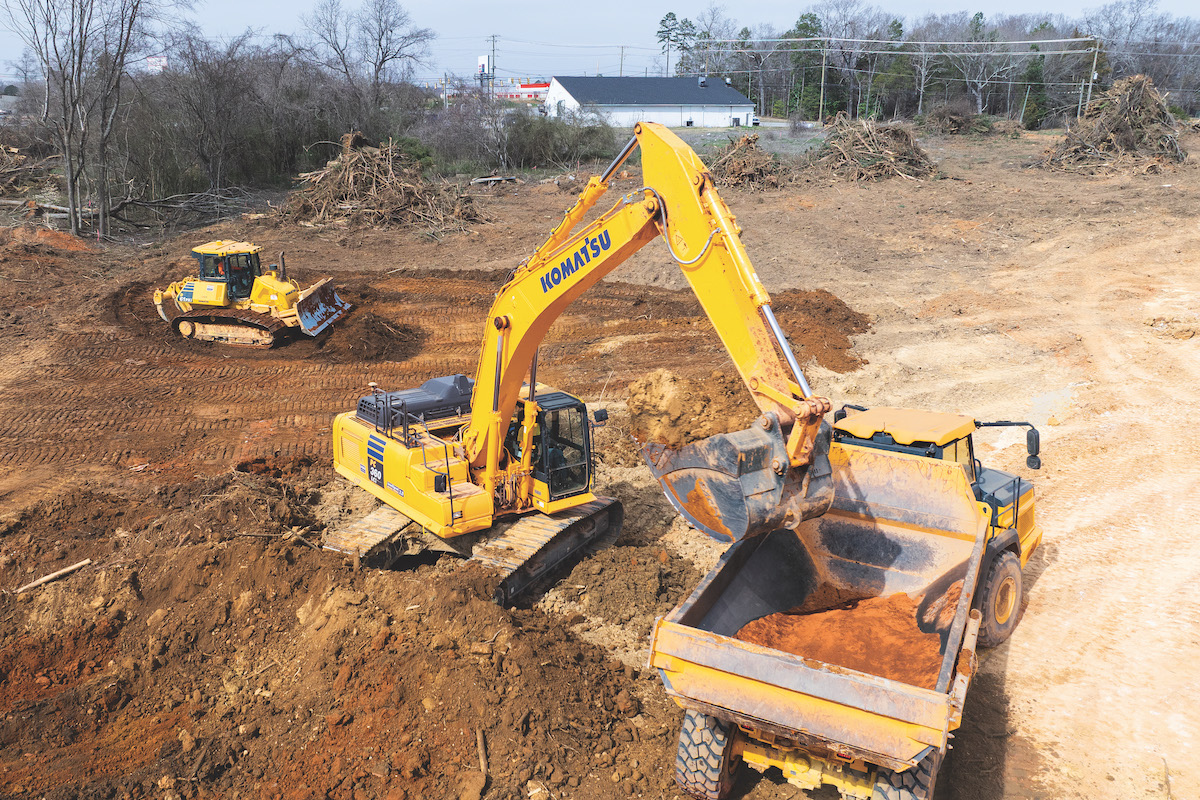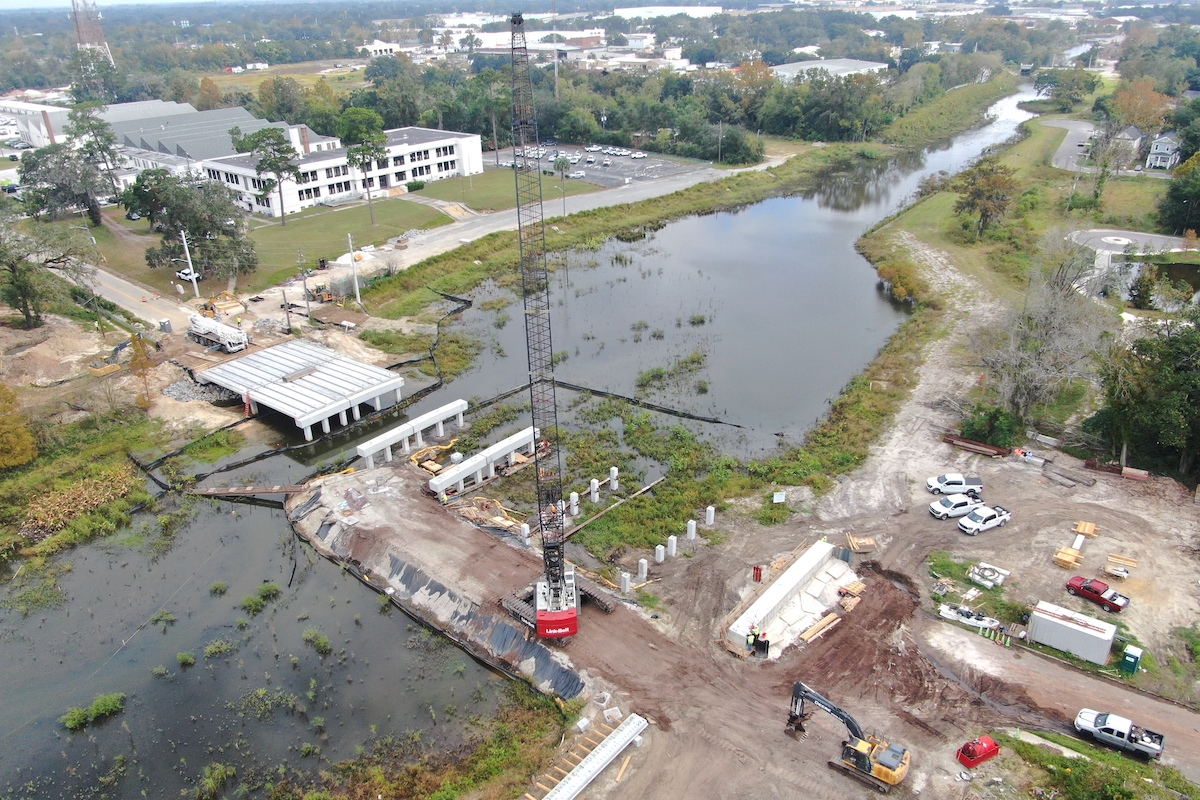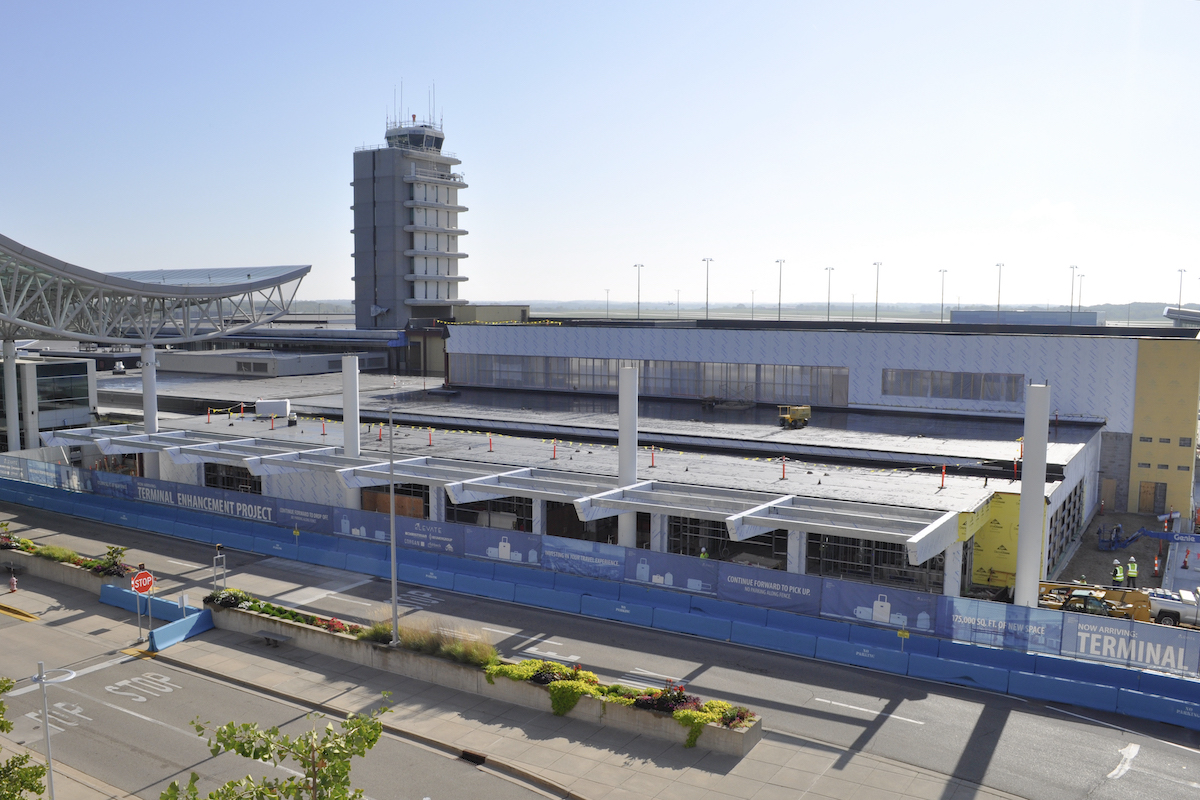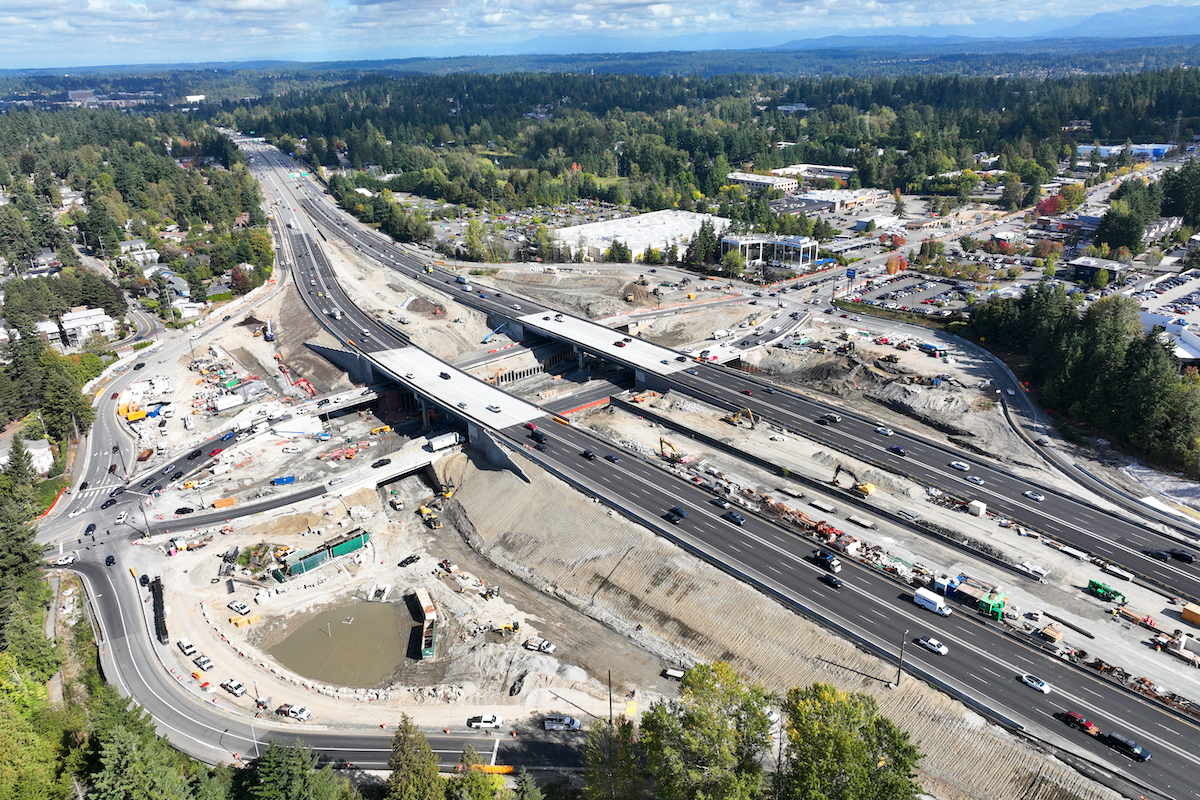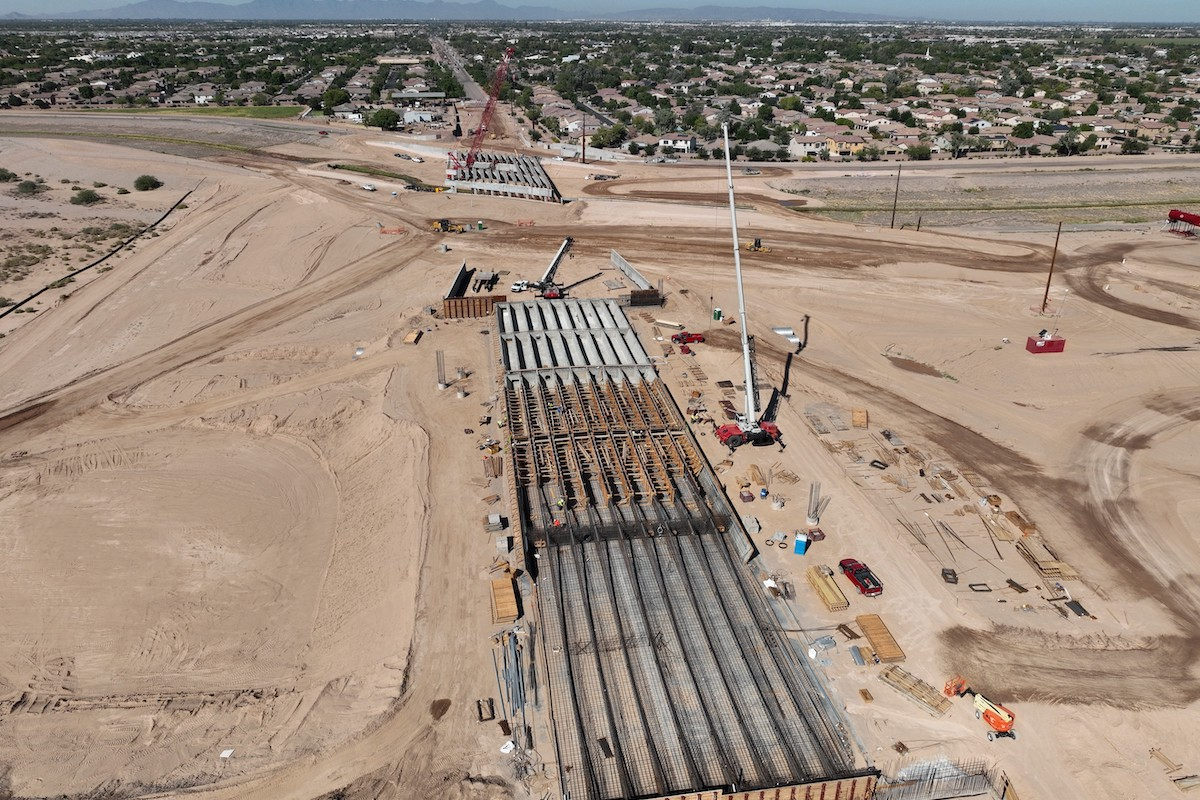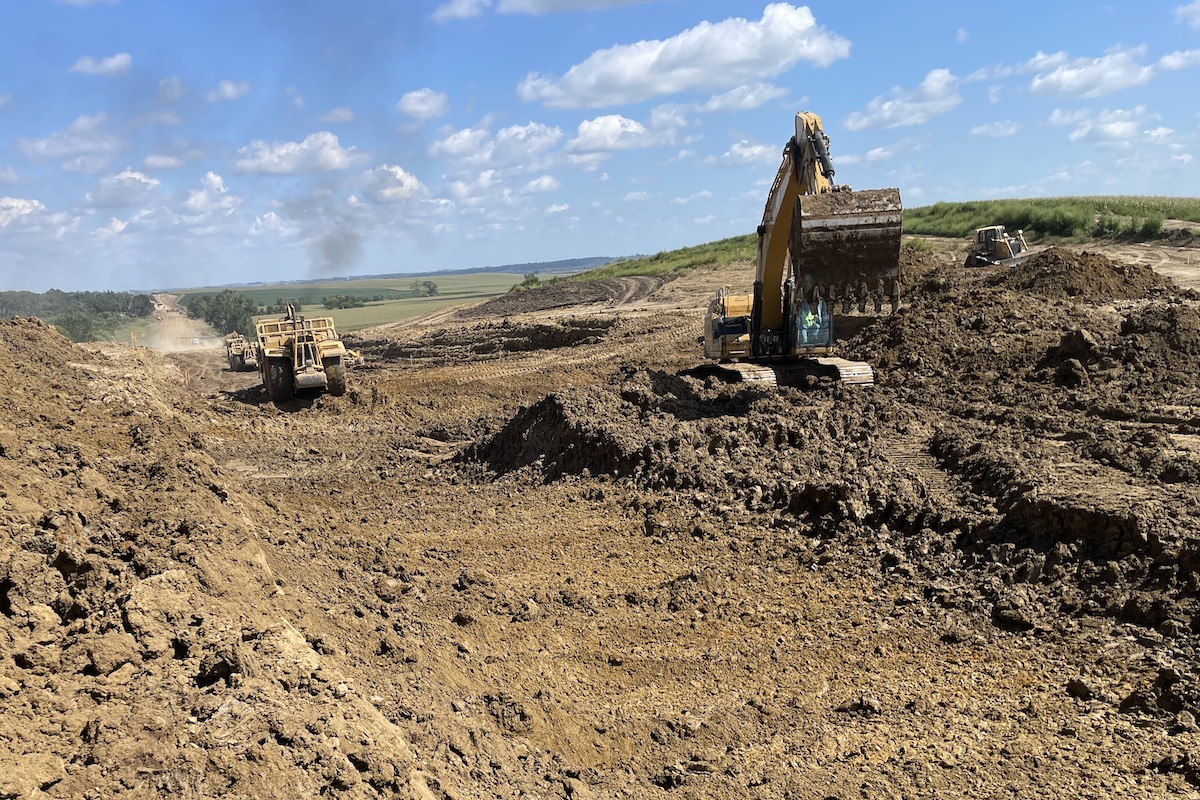Demand for electric power in the United States has proliferated in recent years due to several driving factors: the rise of artificial intelligence and the subsequent need for data centers, increased adoption of electric vehicles, green energy production, far-flung renewable energy sites, and federal efforts to reduce carbon and greenhouse gas emissions. As this load growth continues to increase, so too do the hurdles on the supply side. It is clear the electric grid is becoming a bottleneck to bringing more clean energy online.
In response, agencies like the Federal Energy Regulatory Commission are streamlining regulations and creating opportunities for contractors to take on projects amid the backlog. To position themselves for these projects, contractors must understand the qualification requirements tied to funding and tax credits to ensure continued benefit eligibility. Here’s an overview of the key acts that led to the current situation, and the trends at play.
The Infrastructure Investment and Jobs Act (IIJA) was signed into law on November 15, 2021, and contains four major areas of investment in clean energy and power: $21.3 billion to deliver clean power via grid expense and improvement projects; $21.5 billion for clean energy demonstrations introducing a new clean energy technology to the market; $6.5 billion for energy efficiency and weatherization of homes, buildings, and communities; and $8.6 billion for clean energy targeted at manufacturing and workforce development.
The Inflation Reduction Act (IRA) was signed into law on August 16, 2022, and contains tax credits to incentivize investment and manufacture of clean energy. The IRA also added $2 billion of funding for transmission facility financing; $760 million in grants for siting authorities such as state public utility commissions, siting boards, and local governments to take actions that reduce the time to site and permit a transmission project; and $100 million in support of interregional and offshore wind electricity transmission planning.
Contractors who wish to take advantage of funding from the IIJA and IRA as more of it becomes available have important considerations. While experienced federal contractors will recognize much of the qualification process, IIJA and IRA projects have added requirements, particularly regarding labor and materials. These acts aim to improve infrastructure while promoting socioeconomic goals like reducing carbon emissions, using U.S.-sourced materials, and creating well-paying jobs. However, the additional requirements increase compliance risk for contractors.

| Your local Liebherr Construction Eq dealer |
|---|
| Nueces Power Equipment |
Contractors should review Build America, Buy America guidelines, consider warranty risk associated with new low-carbon materials, and follow prevailing wage laws (like the Davis-Bacon Act). They must also meet apprenticeship and reporting requirements and be mindful of potential changes to the IIJA and IRA.
The Grid Deployment Office (GDO), established in 2022 within the Department of Energy, oversees more than $22 billion in funding, including investments from the IIJA and IRA. By August 2024, the GDO had announced more than $9 billion in funding and awarded $4.23 billion, fueling ongoing construction activity amid strong demand for these projects. The approved amount allocated to GDO programs is shown in the accompanying graph and includes:
- Grid Resilience and Innovation Partnerships Program: Designed to enhance grid flexibility and improve the power system against growing threats of extreme weather and climate change.
- Transmission Facilitation Program: Intended to help build out new interregional transmission lines across the country.
- Civil Nuclear Credit Program: Designed to help preserve the existing U.S. reactor fleet and save thousands of high-paying jobs across the country.
- Grid Resilience State and Tribal Formula Grants: Intended to strengthen and modernize America's power grid against wildfires, extreme weather, and other natural disasters that are exacerbated by the climate crisis.
- Transmission Siting and Economic Development Grants Program: Designed to advance critical transmission projects by accelerating siting and permitting while supporting economic development efforts in communities affected by transmission construction and operation.
- Hydroelectric Production Incentive/Hydroelectric Efficiency Improvement Incentives Program: Designed to support hydropower development by providing payments for electricity generated and sold from dams and other water infrastructure that add or expand hydroelectric power-generating capabilities or are constructed in an area with inadequate electric service. Additionally, intended to provide grants to owners or operators of existing hydroelectric facilities, including pumped storage hydropower. Applicants must plan capital improvements that can improve their efficiency by at least 3 percent.
- Puerto Rico Energy Resilience Fund: Intended to support Puerto Rico’s grid resilience efforts and achieve the goal for the commonwealth to meet 100 percent of its electricity needs with renewable energy by 2050.
- Wholesale Electricity Market Studies and Engagement Program: Designed to provide states and regions with technical and financial assistance related to developing, expanding, and improving wholesale electricity markets.
In a year when several types of construction were affected by tight capital markets, decreased valuations, supply chain issues, and labor shortages, construction sectors have received much-needed resources as a result of the IIJA and IRA programs. The U.S. Census Bureau reported a significant year-over-year increase in the value of construction projects affecting water supply (up 17 percent), power (8.4 percent), and transportation (5.8 percent).

| Your local Bobcat dealer |
|---|
| Nueces Power Equipment |
| Romco Equipment Co |
| Central Texas Equipment |
| Air Compressor Solutions |
The Department of Energy forecasts a potential 10 to 20 percent increase in total energy demand over the next decade, while the results of the election make the future of the IIJA and IRA uncertain. President Donald Trump has vowed to roll back the Green New Deal, presumably referencing the Inflation Reduction Act’s spend on advancing climate change resilience, which would include provisions from these bills.
However, these projects are spread across states that are represented on both sides of the aisle in Congress, resulting in potential bipartisan support for their continuance. Contractors that want to participate in delivering energy solutions should monitor developments closely and be prepared to act quickly to identify and take advantage of opportunities as the landscape evolves.







